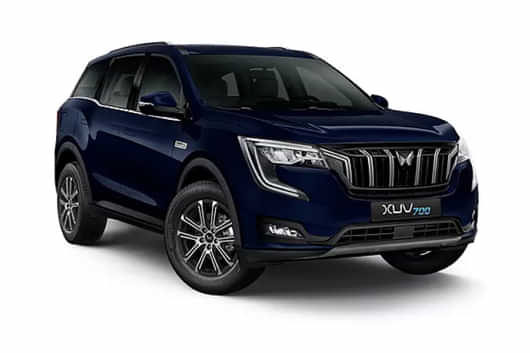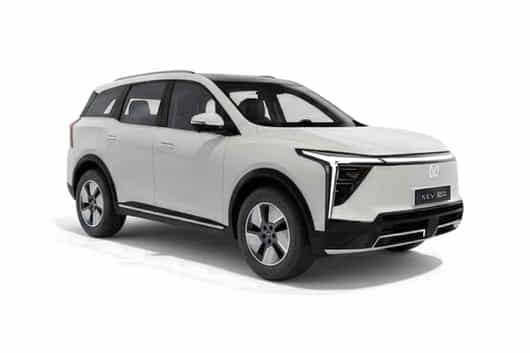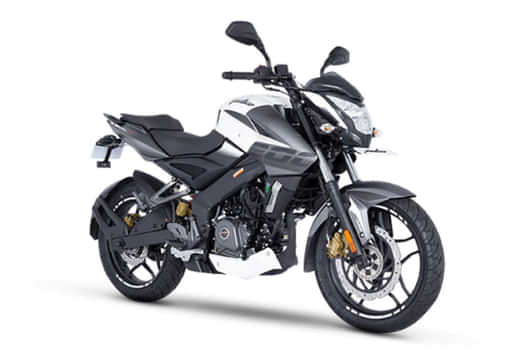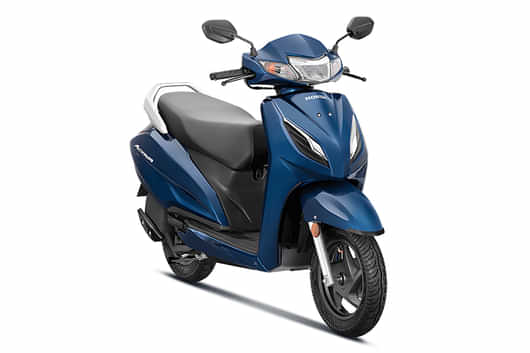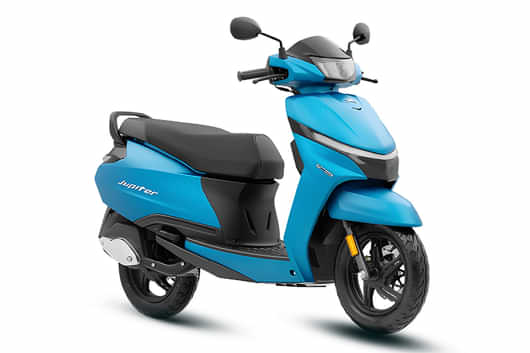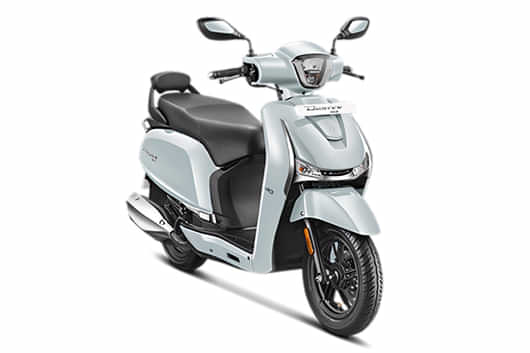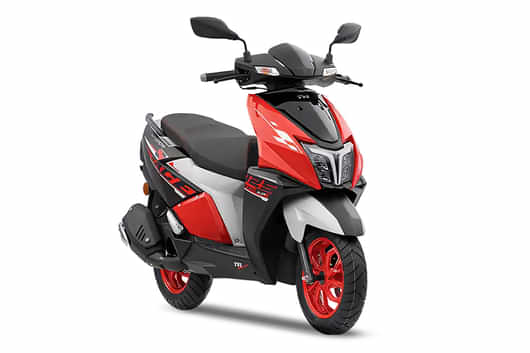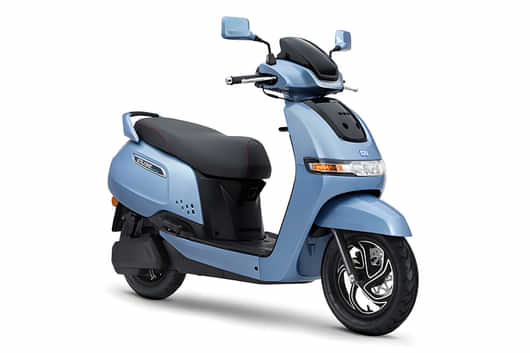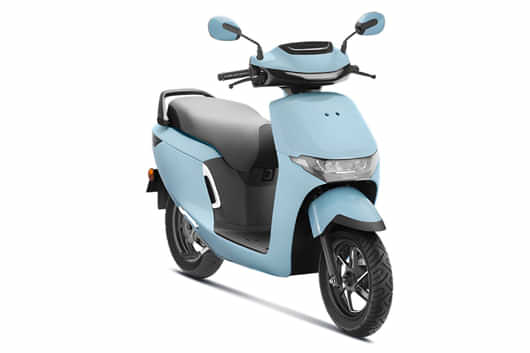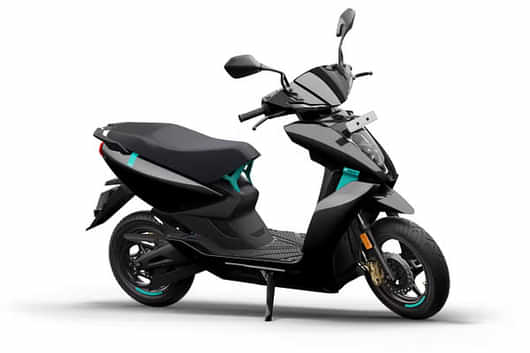
KEY HIGHLIGHTS
- What is RPM in cars and why is it important for vehicle performance?
- How does RPM affect power delivery, fuel efficiency, and gear shifting in cars?
- What are some tips to optimize RPM usage for better performance and fuel economy?
Are you new to the world of automobiles and want to understand what RPM means in cars? RPM, short for Revolutions Per Minute, is a crucial concept that determines the engine's speed and performance. In this article, we'll delve into the basics of RPM, its significance, and how you can make the most out of it while driving.
What is RPM?
RPM, or Revolutions Per Minute, refers to the number of complete rotations the engine's crankshaft makes in one minute. It indicates the engine's speed and measures how fast it's running. RPM affects various aspects of a car, including acceleration, power, fuel efficiency, and gear shifting. Understanding RPM is crucial for optimizing your driving experience and ensuring your vehicle operates within safe limits.
The Significance of RPM:

RPM plays a vital role in determining the power output and efficiency of an engine. Here are three key reasons why RPM matters in cars:
Power Delivery: Higher RPM levels typically generate more power, allowing for quicker acceleration and better performance on highways or during overtaking maneuvers.
Fuel Efficiency: Maintaining RPM within the optimal range helps improve fuel efficiency. Lower RPM levels during cruising reduce fuel consumption, contributing to cost savings.
Gear Shifting: Proper RPM management ensures smooth gear transitions, preventing strain on the engine and gearbox, and promoting a seamless driving experience.
Tips to Optimize RPM Usage:
To maximize your car's performance and fuel efficiency, follow these tips for effective RPM usage:
Shift Gears at Appropriate RPM: Learn your car's optimal RPM range for shifting gears. Upshift at higher RPMs when accelerating and downshift at lower RPMs when decelerating to keep the engine in the sweet spot.

Avoid High RPM for Extended Periods: Consistently operating the engine at high RPM levels can increase wear and tear, reduce engine life, and decrease fuel efficiency. Use higher RPM ranges selectively and when required.
Cruise Control and RPM: Utilize cruise control when appropriate, as it helps maintain a consistent speed and optimizes RPM usage, resulting in improved fuel economy.
Conclusion:
RPM is a fundamental concept in cars that determines engine speed, power output, and overall performance. By understanding RPM and following the tips mentioned above, you can optimize your driving experience, enhance fuel efficiency, and ensure your vehicle operates within safe and optimal limits.
Remember, monitoring RPM and making conscious decisions while driving will lead to a smoother ride, cost savings, and a longer lifespan for your car's engine.
Stay up to date with all the automotive news and updates by joining our 91Wheels Whatsapp Group today!















